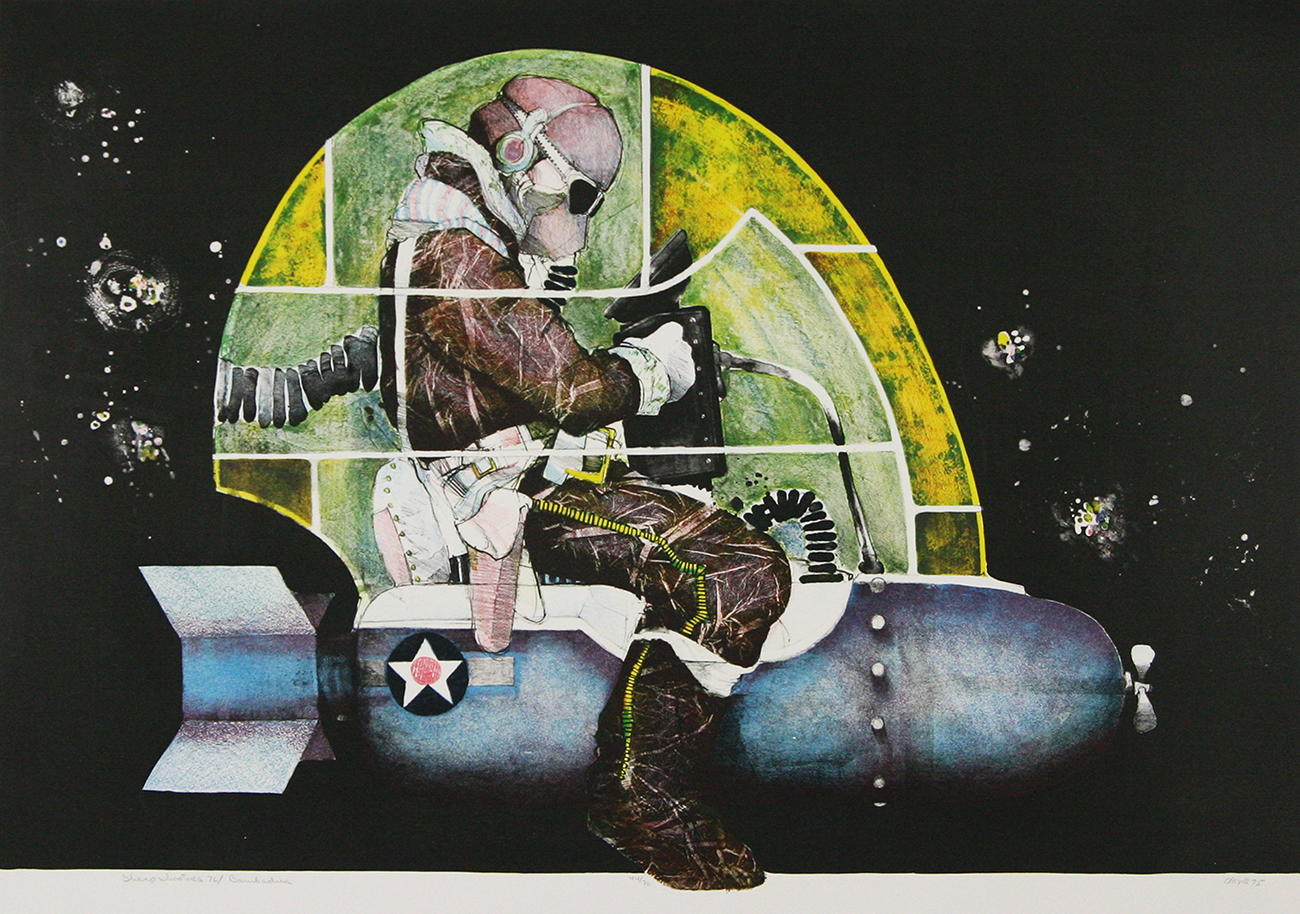Canton POS

Unseen: The Process and Art of American Printmaking (August 23, 2022- October 30, 2022)

From the start of the 20th century to today, printmaking has played an integral role in American art and the history of the United States. Unseen: The Process and Art of American Printmaking explores the history of printmaking in America and the varying “unseen” techniques within the medium while showcasing pieces from the CMA collection, many of which have never before been on view in these galleries.
The first half of the 20th century was a progressive period in the United States. America became more prosperous and saw unprecedented growth in industry and technology. The art world experienced a period of experimentation and stylistic change. Many American artists, like Thomas Hart Benton, traveled to France to make lithographs at the Atelier Desjobert and other Parisian schools during the 1920s and 30s. It wasn’t until 1922 that lithography was taught as a medium in American art school and not until the next decade that an acceptance of printmaking as an art form was established in this country.
The graphic arts in America began to flourish in the 1930s during the years of the Great Depression. A variety of organizations developed from the need to find income for artists and to sell art in a deflated economy. The Federal Government established the Federal Project Number One, part of the Works Progress Administration (WPA), who set up graphic studios and workshops in cities to give work to unemployed artists. At the same time, in 1934, a private organization called Associated American Artists (AAA) was established to help stimulate the art market. AAA invited artists to make prints in their studios in limited editions that were then sold at affordable prices. Both of these organizations encouraged creativity and experimentation with different printmaking forms, and both contributed significantly to the growing interest in prints as collectible works of art. Other organizations developed to support this new area of the art market. Artists who made prints for AAA and the WPA include Will Barnet and Rockwell Kent.
Although influenced by their European counterparts, the subject matter explored by American printmakers focused on scenes of rural America and big city views. Through images of mid-western farmland, New York City subways and modern life in American towns and cities, printmakers attempted to capture the spirit of America during a time of growth and change. As a testament to the growth of printmaking at the time, the Library of Congress records over 1,000 American printmakers whose major work was accomplished between 1900-1950.
Experimentation with printmaking techniques continued into the middle part of the century with a revival in the use of woodcut and wood engraving, and the wider use of color screenprinting. In the 1960s, Pop artists used color lithography and screenprinting to further their commentary on mass culture, while Op artists used color and geometry to experiment with movement and illusion. The desire to use mechanical means of “reproduction” made printmaking the perfect medium for artists like Richard Anuszkiewicz,
Robert Rauschenberg, Larry Rivers and James Rosenquist, all of whom were prodigious printmakers.
The tradition of printmaking in America continues today. Many contemporary artists consider the medium part of their main body of work and a significant component of their stylistic and intellectual journey.
Above image: Bombadier, 1976. John Lawrence Doyle (American, 1939 - 2010). Lithograph on paper, 41 1/2 x 29 1/2 in. Canton Museum
of Art Collection, Gift of Mr. Ted Luntz, 79.39.9
View the artwork in this exhibit here.
View the CMA's entire collection of prints here.
Learn more about all Fall Exhibitions HERE











